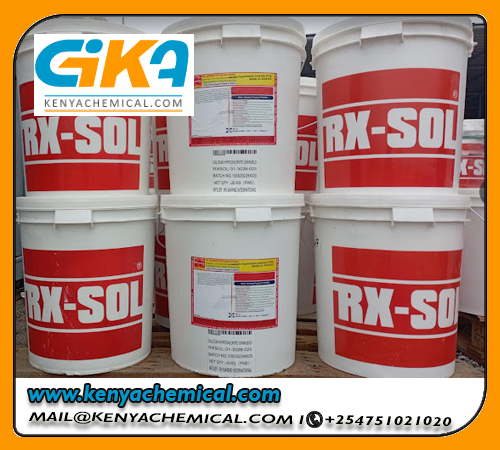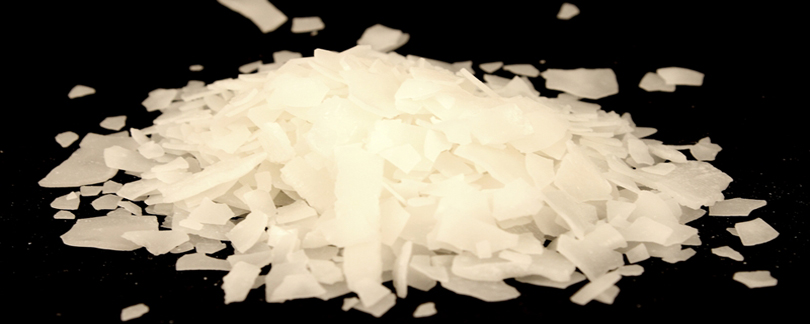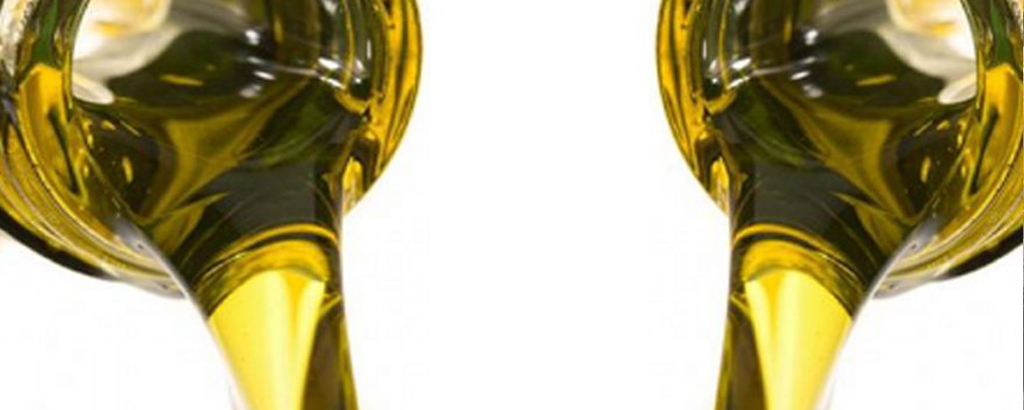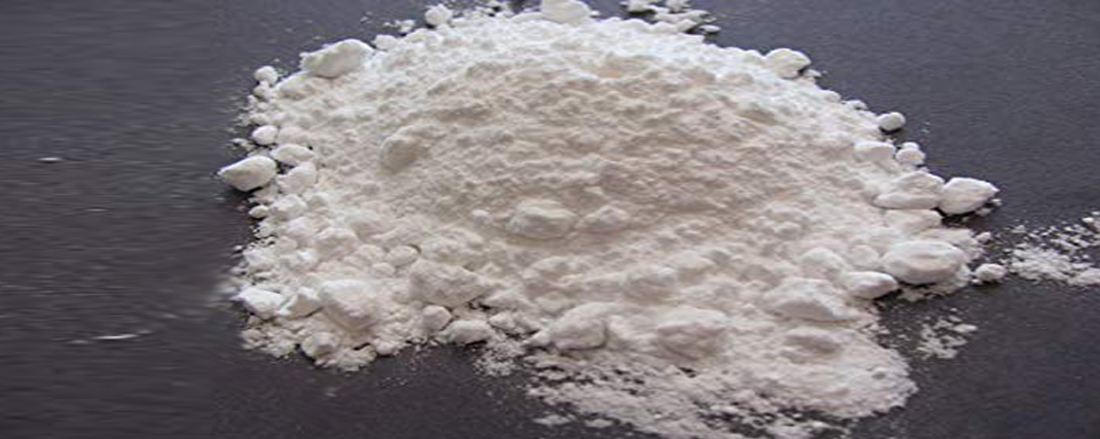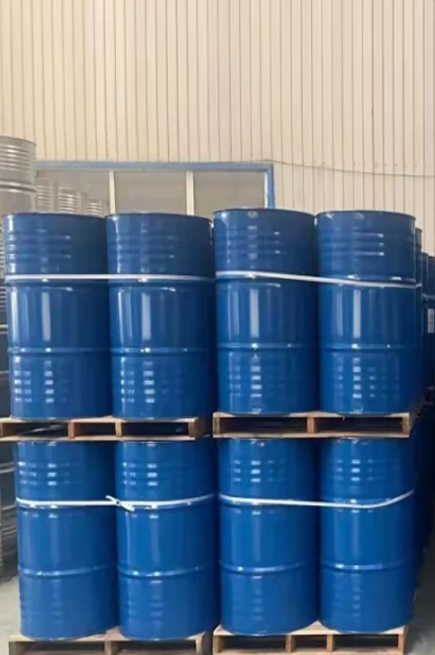550880, pH Increaser Sodium Carbonate
pH PLUS enhancer manufacturer and supplier in Mumbai, Muscat, Dubai, Nairobi, Canada, Kolkata, Vizag, Chennai, Gandhdiham, Dubai, Sharjah, Abudhabi, Ajman, Fujairah, Canada, Muscat Oman
The ideal ranges for any swimming pool should be between 7.4 and 7.6 for pH, and between 80 and 140 ppm for Total Alkalinity. When pH levels are too low, this means the water has become overly acidic. Too much acid can cause things like corrosion of pipes and pool fixtures, plaster stains or etching, and eye, nose, and skin irritation for swimmers. Total Alkalinity is necessary to keep your pH levels balanced, and low Total Alkalinity can also cause damage to pools and irritation for swimmers. Our Soda Ash quickly raises both pH and Total Alkalinity levels to more acceptable ranges with ease. Just add 6 ounces of Soda Ash for every 10,000 gallons in your swimming pool.
Keep your pH and Total Alkalinity balanced with ease and efficiency when you use our Soda Ash.
Sodium carbonate (also known as Carbonato Di Sodio), Na2CO3 is a sodium salt of carbonic acid. It most commonly occurs as a crystalline heptahydrate, which readily effloresces to form a white powder . Sodium carbonate is domestically well known for its everyday use as a water softener.
- Granular soda ash
- Raises pH levels
- Quick dissolving
- Prevents damage to pool and irritation for swimmers
|
Identification |
|
|
Properties |
|
|
Na2CO3 |
|
|
105.9784 g/mol |
|
|
Appearance |
White solid, hygroscopic |
|
Odorless |
|
|
2.54 g/cm3 |
|
|
851 °C |
|
|
1633 °C |
|
|
Solubility in water |
7 g/100 mL (0 °C) |
|
Basicity (pKb) |
4.67 |
|
Refractive index (nD) |
1.485 |
|
Irritant (Xi) |
|
|
0 1 1 |
|
|
Non-flammable |
|
|
4090 mg/kg (rat, oral) |
|
Sodium carbonate is used as a relatively strong base in various settings. For example, sodium carbonate is used as a pH regulator to maintain stable alkaline conditions necessary for the action of the majority of photographic film developing developing agents.
It is a common additive in municipal pools used to neutralize the acidic effects of chlorine and raise pH. In chemistry, it is often used as an electrolyte. This is because electrolytes are usually salt-based, and sodium carbonate acts as a very good conductor in the process of electrolysis. In addition, unlike chloride ions, which form chlorine gas, carbonate ions are not corrosive to the anodes. It is also used as a primary standard for acid-base titrations because it is solid and air-stable, making it easy to weigh accurately.
Swimming Pool Treatment Chemicals.
In domestic use, it is used as a water softener during laundry. It competes with the magnesium and calcium ions in hard water and prevents them from bonding with the detergent being used. Without using washing soda, additional detergent is needed to soak up the magnesium and calcium ions. Called washing soda, soda crystals, or sal soda in the detergent section of stores, it effectively removes oil, grease, and alcohol stains. Sodium carbonate is also used as a descaling agent in boilers such as those found in coffee pots, espresso machines, etc.
In dyeing with fiber-reactive dyes, sodium carbonate is used to ensure proper chemical bonding of the dye with cellulose (plant) fibers, typically before dyeing (for tie dyes), mixed with the dye (for dye painting), or after dyeing (for immersion dyeing).
Sodium carbonate is also used in the production of sherbet powder. The cooling and fizzing sensation results from the endothermic reaction between sodium carbonate and a weak acid, commonly citric acid, releasing carbon dioxide gas, which occurs when the sherbet is moistened by saliva.
Sodium carbonate is used by the brick industry as a wetting agent to reduce the amount of water needed to extrude the clay.
In casting, it is referred to as "bonding agent" and is used to allow wet alginate to adhere to gelled alginate.
Sodium carbonate is used in toothpastes, where it acts as a foaming agent and an abrasive, and to temporarily increase mouth pH.
Sodium carbonate is used to create the photo process known as reticulation.
Sodium carbonate, in a solution with common salt, may be used for cleaning silver. In a non-reactive container (glass, plastic or ceramic) aluminium foil and the silver object are immersed in the hot salt solution. The elevated pH dissolves the aluminium oxide layer on the foil and enables an electrolytic cell to be established . Hydrogen ions produced by this reaction reduce the sulphide ions on the silver restoring silver metal. The sulphide can be released as small amounts of hydrogen sulphide. Rinsing and gently polishing the silver restores a highly polished condition.

